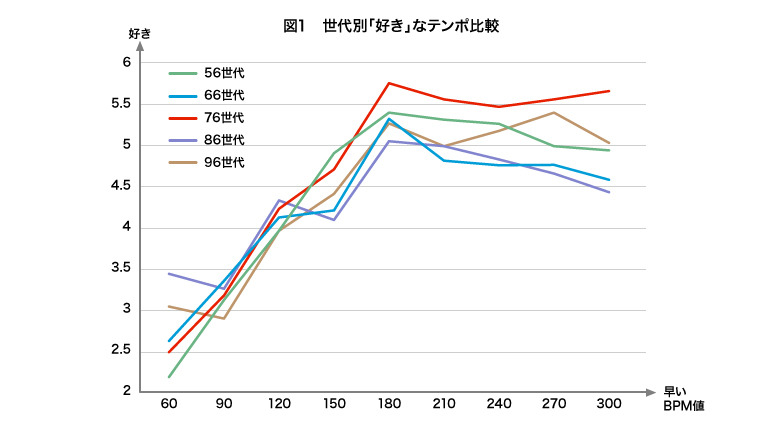We at DENTSU SOKEN INC. Media Innovation Research Department are a think tank whose mission is to explore changes in media and information communication environments, as well as audience trends. In addition to publishing research findings across various media, we also maintain a regular series here on Web Dentsu News called "Insight Memo," sharing insights from our research projects.
This new series, "Shiodome Media Researcher Commentary," is a commentary project that aims to interpret the contemporary media environment based on such research insights. We will pick up trends related to media and audiences at any given time and conduct analysis and consideration based on the knowledge of our research department members.
The theme of the first installment is "Music Subscription Services × Research on Sound Reception."
This year could be considered the "first year" of subscription-based music streaming services. While the successive launches of such services by major IT companies are generating buzz, attention is increasingly focused on just how much impact this service model—already widely accepted overseas—can have in Japan.
The defining feature of subscription-based music services is that users pay a fixed monthly fee, rather than per track, to enjoy "unlimited listening." The inclusion of social features, such as the ability to listen to playlists created by other users, is also a contemporary aspect.
Initial adoption is expected to center around innovators and early adopters who embrace new things. However, when considering the medium-to-long-term trend of broader user adoption, examining the perspective of "sound receptivity" may offer some insight.
This February, our research department collaborated with the Hasegawa (Hikaru) Laboratory at the Graduate School of Engineering, Utsunomiya University, to conduct a hall test involving simultaneous audio listening by 105 participants. Here are some suggestive findings from this "sound acceptability study."
Figure 1 charts the degree of "liking" for experimental rhythm samples across different BPM (Beats Per Minute: a measure of musical tempo). The horizontal axis represents BPM, while the vertical axis shows the scored value for responses indicating "liking" at that BPM.
Figure 2 shows the results of measuring the "heart-racing" scores for different minor keys. The horizontal axis represents the key, and the vertical axis shows the scored value for responses indicating "heart-racing."
According to Figure 1, the '76 generation (Nana-Roku generation / born around 1976) shows a preference for higher-tempo sounds compared to other generations. Despite growing up during the economic 'employment ice age,' this generation appears to have a taste for 'uplifting' sounds.
Conversely, Figure 2 reveals that the 66 Generation (born around 1966), often described as the Bubble Generation, surprisingly favors minor chords. Results also indicate a preference for slower tempos, revealing previously unknown aspects of the 66 Generation through their musical receptivity.
Understanding these trends could potentially contribute to improving subscription service usage rates by enabling recommendation features that provide songs more tailored to individual preferences.
Other findings indicate that the 56 generation (born around 1956) and the 96 generation (born around 1996) demonstrate high receptivity to various musical genres. For the 96 generation, this result can likely be attributed to their deeply ingrained habit of listening to music online.
It is noteworthy that for generations with generally high receptivity to sound, offering unexpected discoveries through subscriptions could prove effective.
While the trend of archiving and distributing content, not limited to music, is likely to continue, combining it with generational audience insights like this study could deepen our understanding.
DENTSU SOKEN INC. Media Innovation Research Department × Hasegawa (Hikaru) Laboratory, Graduate School of Engineering, Utsunomiya University
"Experiment on Receptivity to Various Sounds" Overview
■Survey Participants
Approximately 20 participants each from the 56 generation (born around 1956), 66 generation (born around 1966), 76 generation (born around 1976), 86 generation (born around 1986), and 96 generation (born around 1996), totaling 105 participants.
■Survey Method
Hall test survey where subjects gathered at a venue and listened to sound sources simultaneously
■Survey Date
Saturday, February 14, 2015
The Media Innovation Research Department at DENTSU SOKEN INC. consistently captures changes in media and information communication environments, exploring the evolving trends of audiences (viewers). We swiftly identify emerging societal trends and propose "optimal communication" strategies with audiences.






